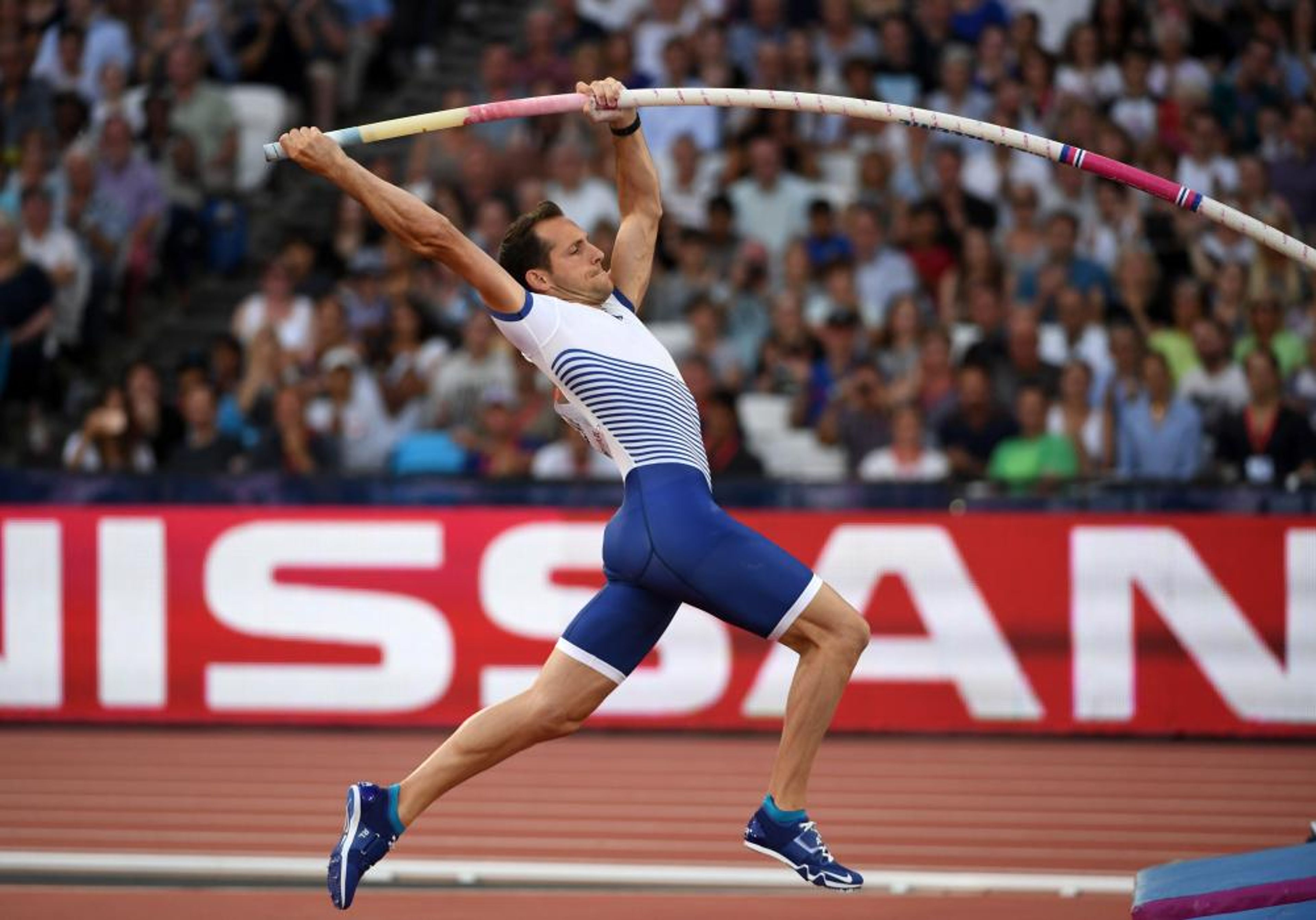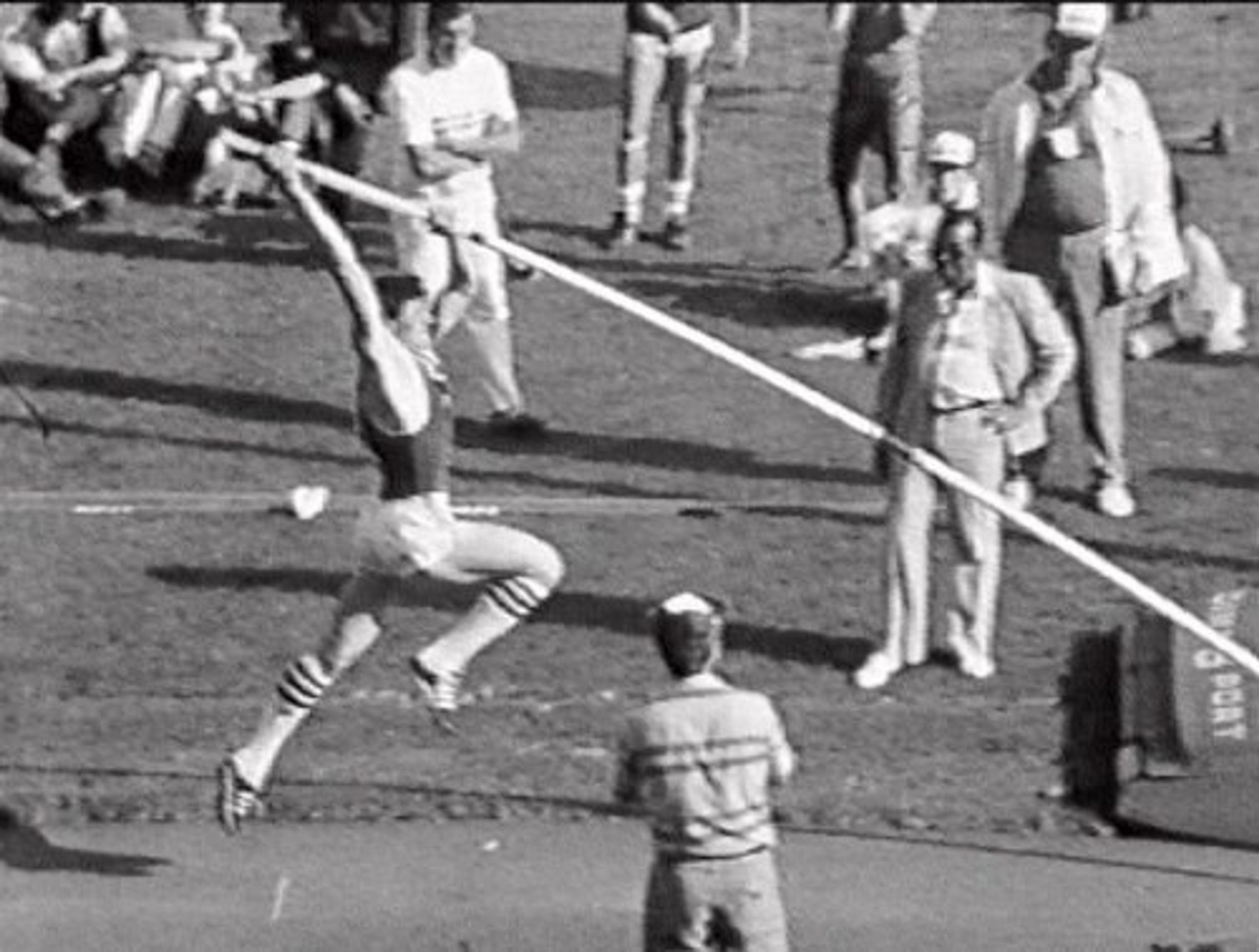Master the Pole Vault Take Off: Essential Tips for Pole Vaulters
Unlock your pole vaulting potential with our essential take off tips. Learn how to perfect your approach, stride, pole plant, and body position for higher, more successful vaults. Dive in now!
Achieving the Ideal Take Off in Pole Vaulting
The take off in pole vaulting is a critical moment that sets the foundation for a successful vault. Mastering the take off technique can significantly enhance a vaulter's performance and increase their chances of clearing higher heights. This article will guide you through the key elements of achieving the ideal pole vault take off.
What is a Pole Vault Take Off?
A pole vault take off is the phase in which a vaulter transitions from the approach run to leaving the ground, initiating the vault. It involves planting the pole in the box and using the momentum from the approach run to lift off the ground and begin the ascent over the bar. The quality of the take off directly impacts the height and success of the vault. To understand more about the basics of pole vaulting, check out our Pole Vault 101
1. Approach Run
The approach run is where it all begins. A consistent and powerful approach run provides the speed and momentum necessary for a successful take off. Here are some tips for a perfect approach run:
- Consistency: Establish a consistent number of strides and a precise starting point. Consistency is crucial for timing your take off.
- Acceleration: Gradually build up speed during the run. The last few strides should be the fastest, ensuring maximum velocity at take off.
- Posture: Maintain an upright posture with a slight forward lean. Keep your eyes focused on the box and your hands firmly gripping the pole.
2. Last Three Strides
The final three strides before take off are the most critical. These strides should be quick and precise to ensure proper positioning and timing. It's essential to accelerate into take off, as no matter how great your technique is, you still need to be an exceptional athlete. Running at your absolute fastest while maintaining control is crucial for a successful vault.
- Third-to-Last Stride: This stride should be longer to cover more ground and maintain speed. It should help get your hips up and ready for the jump at take off.
- Penultimate Stride: This is your second-to-last stride, slightly shorter than the third-to-last. It prepares your body for the take off position and helps lower your center of gravity.
- Last Stride: The last stride should be the shortest and quickest, allowing you to plant the pole firmly and drive upwards. This stride isn't just a step; it should be the best long jump you can achieve. Pole vaulting demands 100% effort, so don't skip the jump.
3. Pole Plant
A well-executed pole plant is essential for a smooth and efficient take off. The pole plant involves positioning the pole in the box and preparing your body for the upward motion.
- On, Not Under: You want to be slightly out rather than under during the pole plant. If you're on, ensure you are solid from your top hand down to your toe. Your muscles should be engaged all the way down your body, ready to deliver an impact and transfer all of the energy into the pole.
- Higher Take Off: It's easiest to roll the pole into the pit with a higher take off. Extend to be as tall as possible and then reach even more. The natural effect of a big plant is a full stretch of the body.
- Energy Transfer: One tip is to try to transfer all of the energy you have into your top hand. You want to hit the pole hard. This should lead to a full stretch of the body as an effect of hitting the pole fully extended, leading with your chest.
- Arm Extension: Fully extend your arms as you plant the pole. This helps transfer energy from the run into the pole.
4. Take Off Foot Placement
The placement of your take off foot is crucial for generating lift and maintaining balance.
- Foot Position: Your toe should be on the ground directly under your bottom hand. Ideally, you will see that the pole starts to bend as soon as that toe is leaving the ground. This would be an "on" take off.
- Jump and Leg Extension: The take off foot should jump, and the leg should finish straight, trailing behind your body. This positioning allows for a powerful push-off and proper body alignment.
- Force Application: Apply force through the ball of your foot, pushing off the ground with maximum power.
5. Body Position and Drive
The body's position at take off and the initial drive phase are key to a successful vault.
- Lead with the Chest: You need to lead with your chest off the ground, similar to going in for a dunk in basketball over someone. The opposite happens to beginner vaulters, who often lead with their hips, causing them to get sucked in too fast, making getting inverted extremely difficult. Lead with your chest off the ground while pushing up with your arms.
- Bottom Arm: Do not block your chest from leading with your bottom arm. The shoulder connected to your bottom arm can block your chest from leading, so get that shoulder pressed up and out of the way.
- Knee Drive: The knee drive should be a result of a big jump off the ground. Don't just put your knee up; jump up at take off, and if you do, you will have a big drive knee.
- Core Engagement: Engage your core muscles to stabilize your body and control the upward motion.
6. Mental Focus
Finally, mental focus and confidence are vital for executing the ideal take off. Visualize your take off and approach before each vault, and maintain a positive and focused mindset.
Practice Drills
To perfect your take off, incorporate the following drills into your training routine:
- Pole Runs: Practice your approach run with a pole but without vaulting. Focus on maintaining a consistent stride pattern and a proper pole plant.
- Take Off Drills: Concentrate on foot placement, the jump off the ground, and arm extension.
- Bounding Exercises: Incorporate bounding drills to enhance your explosive power and stride length.
Conclusion
Achieving the ideal take off in pole vaulting requires a combination of technical precision, physical strength, and mental focus. By mastering the elements outlined in this article and incorporating regular practice drills, vaulters can significantly improve their take off technique and overall performance. Remember, consistency and dedication are key to reaching new heights in pole vaulting.





